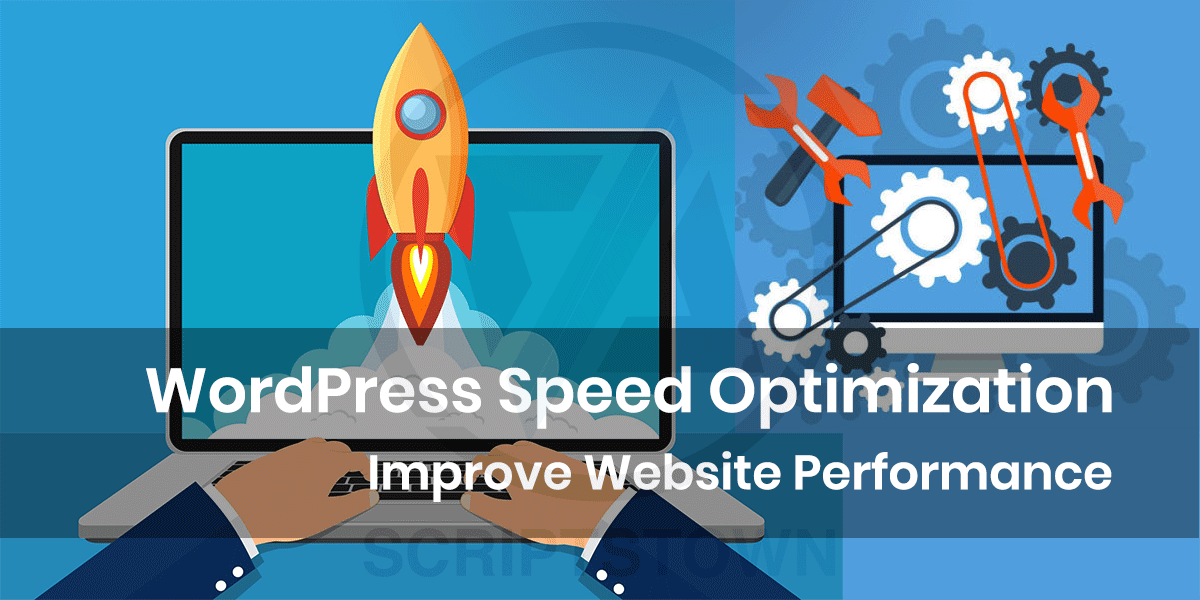Pulse of Information
Your source for the latest insights and updates.
Speeding Past Your Competitors: Website Performance Secrets
Unlock the secrets to turbocharge your website performance and leave competitors in the dust! Speed up your success today!
5 Key Factors That Impact Your Website's Speed
Website speed is crucial for providing a positive user experience and improving search engine rankings. Five key factors that can significantly impact your website's speed include server performance, image optimization, code efficiency, caching strategies, and the use of content delivery networks (CDNs). Each of these elements plays a vital role in how quickly your site loads, which can influence whether visitors stay or leave. A slow-loading website can lead to increased bounce rates and reduced conversions, making it important to prioritize speed.
1. Server Performance: The quality of your web hosting plays a major role in load times. Choosing a reliable hosting provider with fast servers can drastically improve your website's speed.
2. Image Optimization: Large image files can slow down your site. By compressing and properly sizing images, you can enhance load times significantly.
3. Code Efficiency: Clean, efficient code minimizes the time it takes browsers to render your web pages. Avoiding excessive scripts and using tools for minification can help.
4. Caching Strategies: Implementing effective caching can store static versions of your site, which reduces load times for returning visitors.
5. Content Delivery Networks (CDNs): Using a CDN can distribute your site's content across multiple servers worldwide, reducing latency and improving speed for users regardless of their location.

Is Your Website Slow? Common Mistakes That Hurt Performance
A slow website can significantly impact user experience and negatively affect your search engine rankings. One of the most common mistakes that can hurt performance is large image files. When images are not optimized for the web, they can considerably increase load times, leading to higher bounce rates. Make sure to compress images and use appropriate formats like JPEG for photographs and PNG for graphics with transparency. Additionally, using responsive images can help ensure optimal display on different devices, further improving your site's performance.
Another frequent error is excessive JavaScript and CSS files. When a website relies on numerous scripts or stylesheets, it can lead to increased loading times as the browser makes multiple requests to load these resources. To avoid this, consider minifying your code and combining files where possible. Implementing caching methods is also essential, as it enables browsers to store copies of your site’s assets for faster access upon return visits. By addressing these common mistakes, you can significantly enhance your website's speed and overall performance.
How to Measure and Improve Your Website's Load Time
Measuring your website's load time is a crucial step in optimizing performance and enhancing user experience. You can start by using tools like Google PageSpeed Insights, GTmetrix, or Pingdom. These tools provide valuable insights into how quickly your site loads and identify potential bottlenecks. Make sure to test your site across various devices and browsers, as user experience can vary significantly. Additionally, consider monitoring your site's speed over time to detect any changes or issues that may arise.
Once you have assessed your website's load time, improving speed can be achieved through several optimization strategies. Here are some effective methods:
- Optimize Images: Compress images without losing quality to reduce file size.
- Minify CSS and JavaScript: Remove unnecessary characters from your code to speed up loading.
- Enable Browser Caching: Allow browsers to store certain data locally to reduce load times on repeat visits.
- Utilize a Content Delivery Network (CDN): Distribute your content across multiple servers worldwide to improve loading speeds for global users.
By implementing these strategies, you can significantly boost your website's performance and enhance overall user satisfaction.